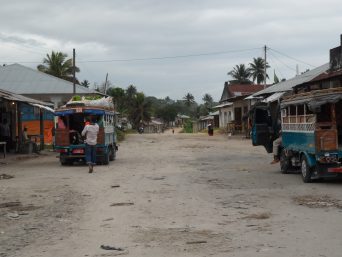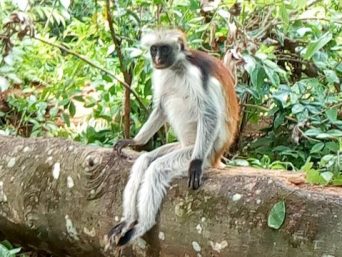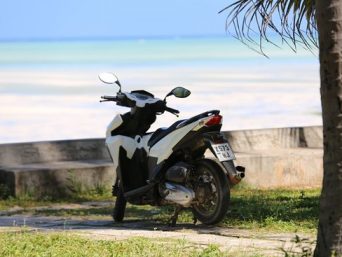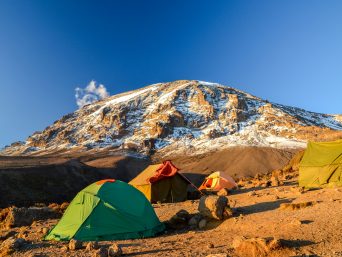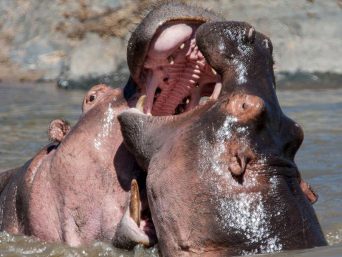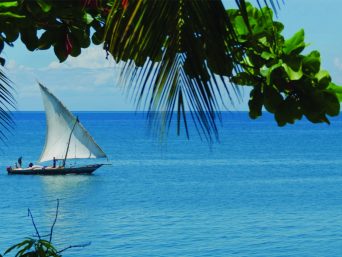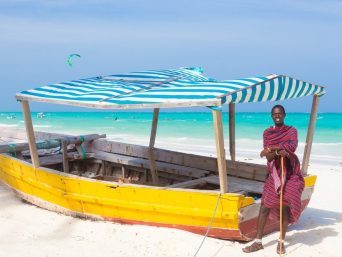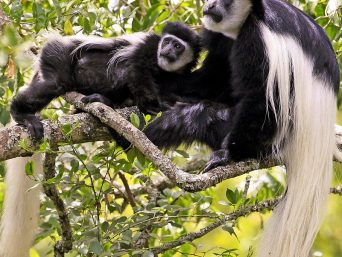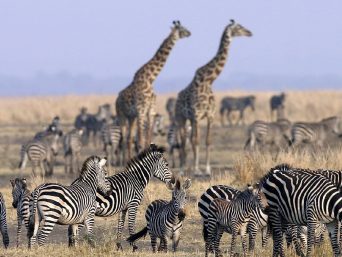Enter Africa’s largest protected area uninhabited by man, where Tanzania’s greatest population of elephants wander in an area bigger than Switzerland! The Selous (pronounced “Seloo”) is considered important enough to be World Heritage Site, in which the lucky few can experience a safari in absolutely wild and unspoiled bush.
The park is named after Englishman, Frederick Courtney Selous – conservationist, hunter, explorer and author, whose adventure books on Africa became best sellers in Victorian England.
The park varies from rolling grassy woodlands and plains, to rocky outcrops cut by the Rufiji River – the lifeblood of the park, whose tributaries form a network of lakes, lagoons and channels. Volcanic hot springs even burst forth in places. The Rufiji offers a superb method of game viewing especially during the dry season when animals congregate.
ANIMALS AND AQUATIC LIFE
Selous contains about one third of all the wild dogs (often called painted dogs), in the world. Their need to roam vast areas and their formidable hunting skills have caused many to be shot by farmers, but here in Selous they have boundless woodlands and savannahs in which to roam.
Along the Rufiji River, an array of grazing antelopes, crocodiles and hippos are commonly seen as well as black and white colobus monkeys in the riverine forests. During the dry season from June to October, the concentration of animals along the river is astonishing. Linked to the Rufii is Lake Tagalala where waterbuck, reedbuck and bushbuck gather at the water’s edge. Magnificent sickle-horned sable and curly-horned greater kudu tend to keep to the longer grass and wooded shrubby areas.
In the dry season an ancient migration of elephants takes place between the Selous and Mozambique’s Niassa Game Reserves. This is one of the largest natural trans-boundary eco-systems in Africa and at the last consensus it was estimated that 64,400 elephants roam the two parks, with 84% on the Tanzanian side.
Fierce tiger fish and smooth slippery vandu catfish are caught in the rivers. The latter is equipped with primitive lungs allowing it to cross land for short distance in an attempt to find water during the dry season.
Largest national Park in Tanzania – southern Tanzania national parks
SEASONS
Dry Season: The dry season sets in during June to November and is the best time for game viewing along the rivers. Elephants come out of the bush at that time and predators are more commonly seen.
Rainy Season: January to April is wonderful for bird life ad lush scenery but many roads become impassable after heavy rains. December to February is still good for game viewing but can be rather hot and humid. The safari lodges are usually closed from March to May.
SELOUS SPECIALITIES
- Rare and endangered Wild Dog
- Boat game viewing
- Fishing
- Thousands of migrating elephants
- Walking safaris
- Huge wilderness
When to go
- All Year Around
How To get there
- By Air
- By Land






